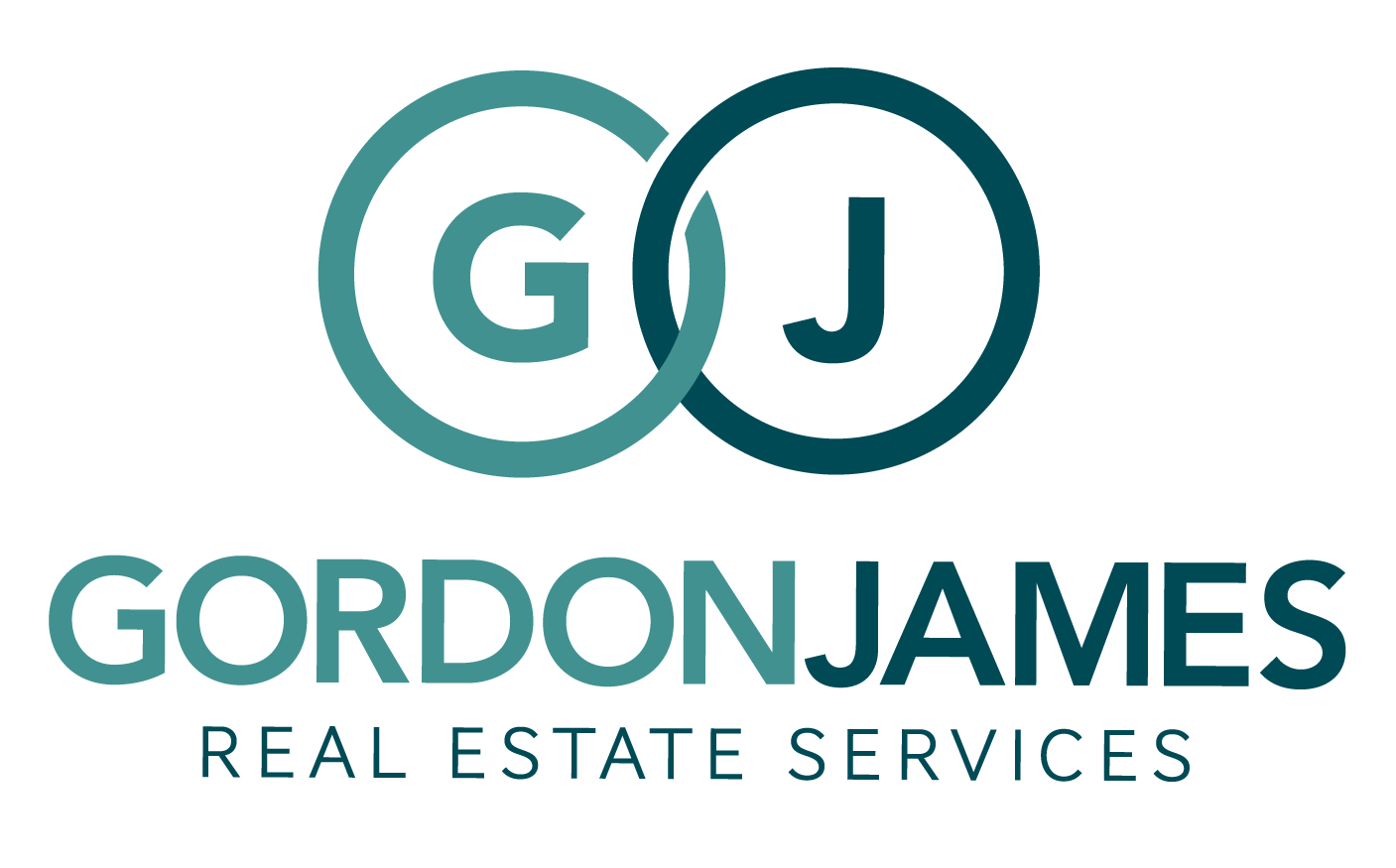
HOA Summer Preparation Checklist: Getting Ready For Warmer Months
Summer is just around the corner, which means it’s time for HOA boards to start planning ahead. This HOA summer preparation checklist covers everything your community needs to stay safe, efficient, and enjoyable all season long. HOA Summer Preparation: 11 Things to Do From














